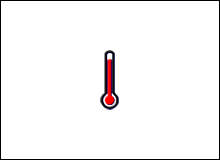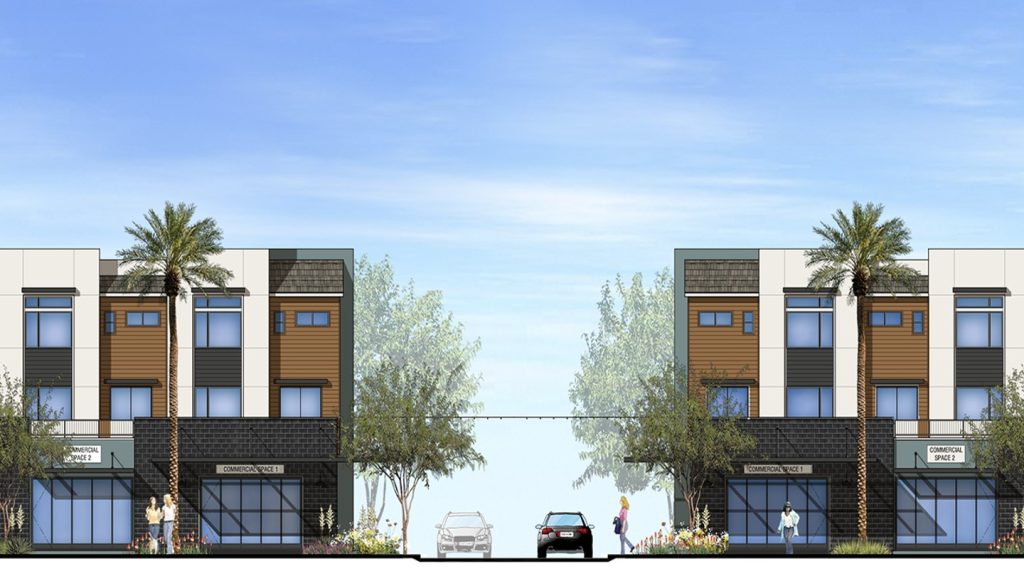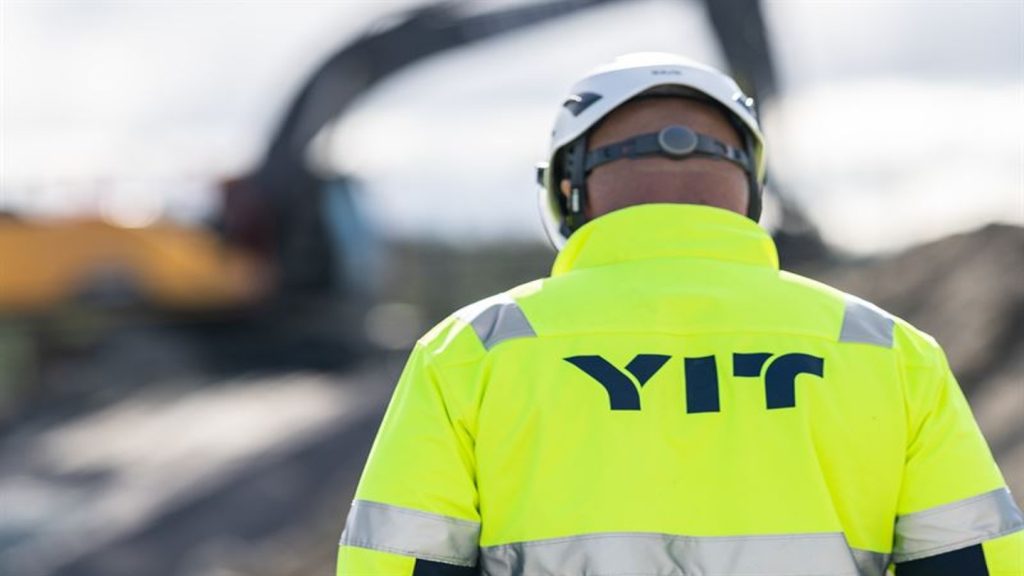
The world’s population is urbanising. In 1950, 30% of the world’s population lived in cities. In 2000, this proportion had grown to 47%, and it is predicted to rise to 60% by 2030. Urbanites earn more than rural residents and can therefore afford to purchase more energy-intensive durables such as cars and household appliances.
Transportation studies using cross-national data have concluded that a 10% increase in household income increases per capita vehicle ownership rates by 10% as well. At the same time, city studies have concluded that rising income reduces the propensity of households to use public transport. These facts suggest that urbanisation contributes to climate change because rich urbanites produce more greenhouse gases than their poorer rural counterparts.
Urban growth, however, does offer some beneficial trends. Urbanites have fewer children than rural households. This means that urban nations have slower aggregate population growth than rural ones.
TECHNOLOGICAL ADVANCES
Since cities are hotbeds of innovation, urban nations are more likely to develop green technologies such as hybrid vehicles. Such technologies help to reduce greenhouse gas emissions per dollar of GNP.
See Also:
In 1975, the rich, urbanised US had much higher emissions per dollar of output than today. Over time it significantly reduced its carbon dioxide emissions per dollar of output such that by the year 2002 the world and the US averages had almost converged.
How well do you really know your competitors?
Access the most comprehensive Company Profiles on the market, powered by GlobalData. Save hours of research. Gain competitive edge.

Thank you!
Your download email will arrive shortly
Not ready to buy yet? Download a free sample
We are confident about the unique quality of our Company Profiles. However, we want you to make the most beneficial decision for your business, so we offer a free sample that you can download by submitting the below form
By GlobalDataTechnological advance can certainly help to further reduce greenhouse gas emissions. But if technology is to come to the rescue, countries, firms and individuals must have sufficiently strong incentives to reduce carbon dioxide and other greenhouse gases.
ECONOMIC ENCOURAGEMENT
Economists have suggested that a cap and trade system would provide such incentives at a national level. Under this proposal each country would receive an allocation of rights to create carbon dioxide. If a nation exceeded its allocated quota, it would have to purchase pollution permits from another nation.
This approach would encourage the adoption of greener techniques, which could sharply reduce carbon dioxide emissions per dollar of GNP. But major implementation challenges include the task of monitoring carbon dioxide emissions around the world and committing to punish those that pollute without permits.
Both the Clinton and Bush administrations have been slow to lead the world into signing a binding agreement on limiting greenhouse gases, but why are taxpayers ignoring the advice of professional ecologists? One explanation may be blissful ignorance. Americans neither see nor want to acknowledge the possibility of an upcoming disaster.
A second explanation is that people in the US are technological optimists who believe that the country has the resources to address the problem ‘when we get there’.
A third explanation is that US taxpayers are aware that much of the cost of climate change will be borne by strangers in other low-lying nations in the distant future.
QUALITY OF LIFE
The International Panel on Climate Change, an offshoot of the World Meteorological Organisation and the United Nations Environment Programme, has predicted that average temperatures worldwide will increase by 2.5°C by 2100.
Most economic studies of climate change have focused on how the agricultural productivity of different areas will be affected by changes in weather patterns. In urban areas, much economic activity such as deal-making and contracting takes place indoors and will be insulated from such weather shocks. Still, people are willing to pay significant amounts of money to avoid cities that are too cold in winter and too hot and humid in summer.
Economists explain the high price of real estate in pretty cities such as San Francisco relative to humid cities such as Houston as being partly due to differences in climate. Climate change could also increase the quality of life in some northern US cities such as Calgary.
Rich cities, such as London and New York, have the greatest resources to cope with climate change, but the challenges they face will remain significant, especially for the poorest. For example, climate change models predict that by the 2050s, summer temperatures will have risen by 2.12°C–2.75°C.
The number of annual ‘heatwave’ days could rise from an average of 14 days (for the period from 1900 to 1997) to roughly 50. Poor urbanites, who are already hardest hit by extreme weather, will bear the brunt of the impact.
THE FUTURE
The Mayor of London’s office recently catalogued the ways in which climate change is likely to affect the city. Some of these effects have already been felt. As a planning document points out, “Sea-level rise relative to the land is now widely accepted as occurring at 6mm/year at high tide in the London area. Tidal flooding has therefore become increasingly likely, especially in East London, where much future development is slated to take place.”
“In addition, temperatures are likely to rise, changing the demand for winter heating and summer cooling, as well as seasonal mortality patterns; river flows are likely to rise in winter and dip in the summer, potentially compromising water quality; warm summer droughts may become more common, threatening wetlands and possibly contributing to the spread of disease; and overall rainfall may increase by as much as 10%, along with the unpredictability of the weather.”
Cities in poorer countries will not only have fewer resources for coping with these problems, they may also face additional challenges as a result of climate change. As growing conditions change, many farmers in poorer countries will find it difficult to adapt. As poverty increases among farming families in largely rural nations at low latitudes, migration to the cities will increase, putting a strain on urban resources and infrastructure.
The impact on urban quality of life caused by climate change would be much lower if forward-looking politicians used tax revenue to take pro-active steps. If government is not up to the job, then private citizens will have to protect themselves. Facing higher insurance premiums will provide incentives for homeowners to elevate their homes and live further away from potential flood areas.
This is not an issue that can be ignored. We must all consider the effect that urban growth has on climate change and take any steps necessary to minimise its impact.







